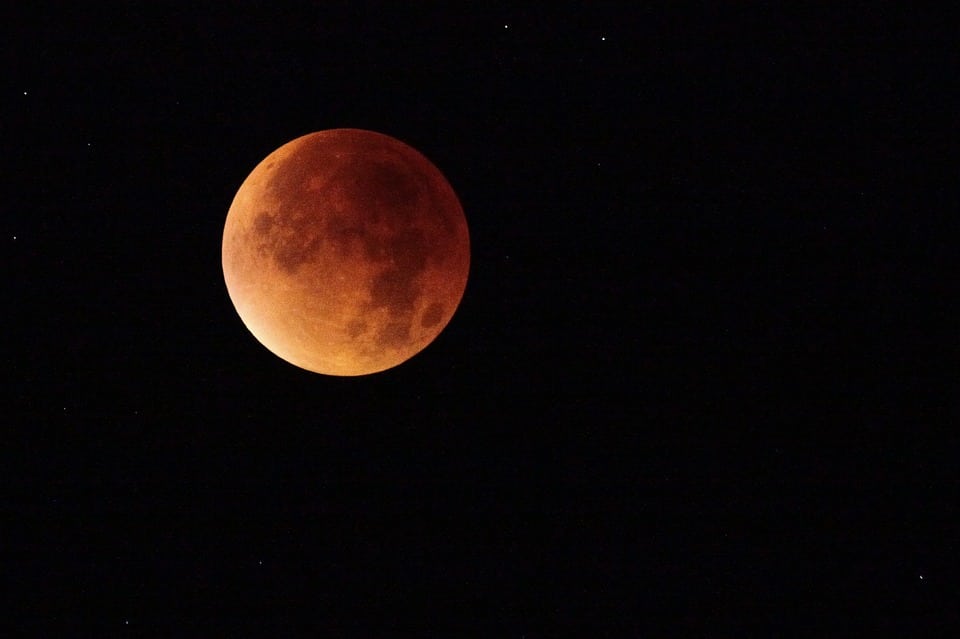Tomorrow, we will bear witness to another momentous celestial event: the longest total lunar eclipse of the century!
Yes, it will not just be another total lunar eclipse. This event will be the longest this century and, according to NASA, is expected to last for about an hour and 42 minutes. So, if you will miss the opportunity to watch it tomorrow, you may never get to see another one in this lifetime. Unless of course, you live for another hundred years or so.
Unfortunately, many are indeed bound to miss the epic lunar event since it won’t be seen in all regions of the world. According to a map released by NASA, the lunar eclipse will not be visible in North America, and will only be seen in a small portion of Eastern Canada and some parts of the Carribean. The best viewing spot will be in Eastern and Southern Africa, Eastern Europe, the Middle East, and South Asia.

During the eclipse, the Earth, sun, and the moon will be in alignment, with the two celestial bodies sandwiching our planet in between. Due to their heavenly position, the Earth will be blocking the light coming from the sun, entirely hiding the moon in its shadows.
Aside from being the longest total lunar eclipse, we will also have a micro blood moon. So, what is a micro blood moon?
A blood moon happens when some of the light from the sun gets filtered through the Earth’s atmosphere during the lunar eclipse, removing the sun’s blue light. This filtered light gives the moon its reddish complexion, thus the blood moon.
Since the moon is orbiting in an elliptical path around Earth, there are also points where it comes closer or farther away from us. The moon is said to be in perigee when it is at its closest distance to the Earth. It is in apogee when it’s at its farthest orbit from our planet. A full moon that appears during apogee is called a micro-moon.
Primarily, we will be experiencing three phenomena tomorrow: total lunar eclipse, a blood moon, and a micro-moon, so don’t miss it! If you want to know the exact eclipse times and visualizations for your region, you may go to TimeandDate.com.


















Comments (0)
Least Recent